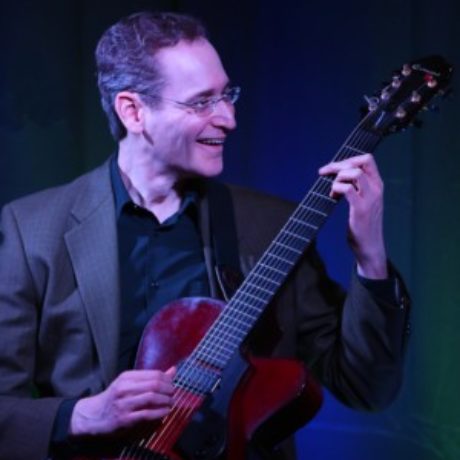Double Stops for Jazz Guitar
Course Preview
FREE PREVIEWPlease sign in to track your progress
Sign in to purchase this course
Sign InWhat You'll Learn
Sign in to purchase this course
Sign InCourse Content
1. Double Stops for Jazz Guitar
1h 27mReviews & Ratings
I know I may be sounding like a Herberman Cheerleader, but honestly, I have NEVER gone wrong with any of his classes. This is no exception. In the last few years, my playing has been nearly completely remodelled, thanks to his work, Sid Jacobs, David Oakes, Jimmy Wyble, and George VanEps. I now nearly never think in terms of one note at a time; always now, I can "converse" with myself in multiple lines, voice movements, etc. If blazing shredding lines is not your thing, take this class and see how much can go on with 2 notes moving together, apart, close, far apart; you'll be amazed at how this helps you grab chords or chord fragments anywhere on the neck at any time. I'm a very slow learner. The videos are great, but I need to ruminate over the printed material over and over. Steve is also very accessible by email. I had a question about the substitutions in one of the lines here, and he answered me in about 20 minutes. Can't beat it.
This is an amazing class! Steve takes you through the process of constructing the kind of hip double stop lines that pepper the playing of Johnny Smith and Barney Kessel, as well as Ed Bickert, covering both lines from the major scale and altered sounds from the melodic minor superimposed over dominant 7th chords. There are a ton of examples and lines, and internalizing this stuff really helps get one's playing into classic jazz territory. Lots of great material in here that could be directly transplanted into chord solos and comping, too. A terrific repository of awesome sonic resources--and it is very hard to find good info about modern uses of double stops anywhere else. Instant classic master class!

